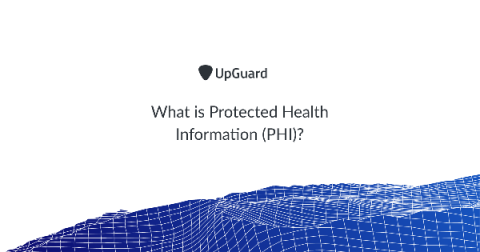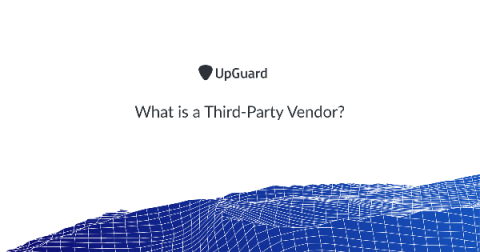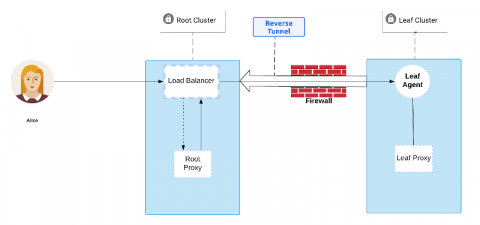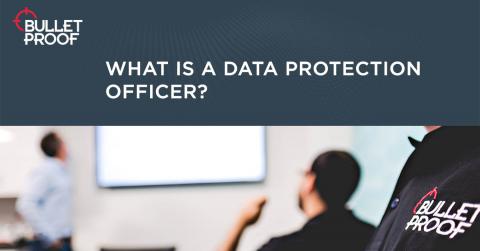What Is NIST's Cybersecurity Framework Manufacturing Profile?
Executive Order 13636, “Improving Critical Infrastructure Cybersecurity,” directed the development of the voluntary Cybersecurity Framework that provides a prioritized, flexible, repeatable, performance-based and cost-effective approach to manage cybersecurity risk for those processes, information and systems directly involved in the delivery of critical infrastructure services.








